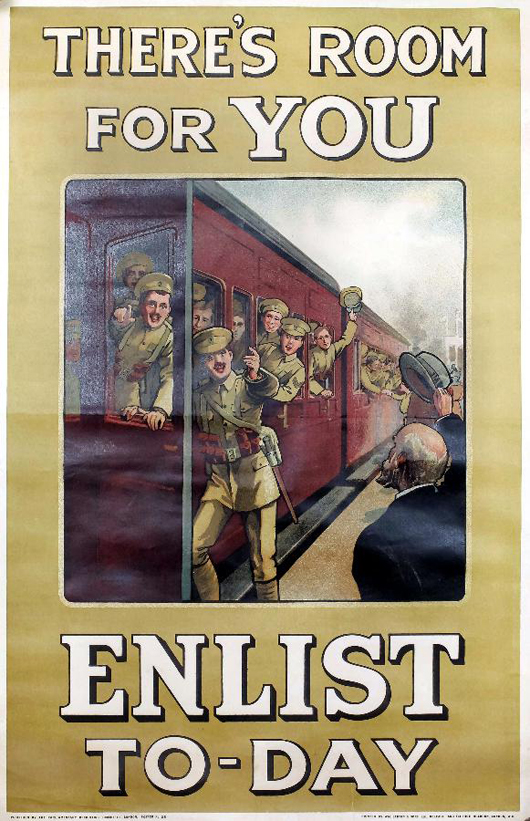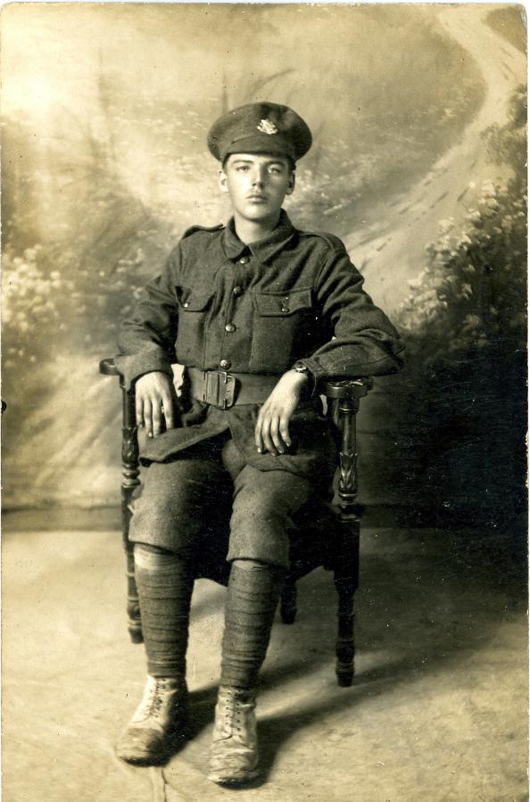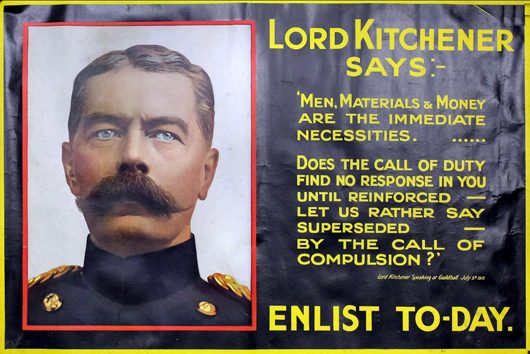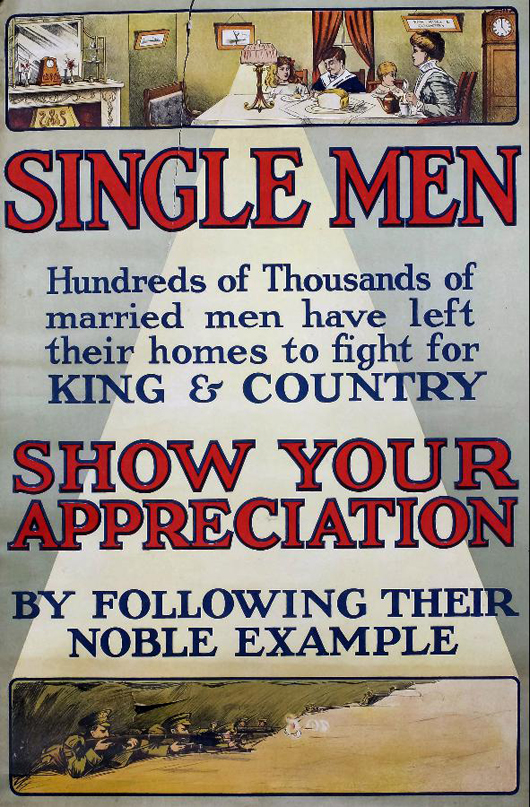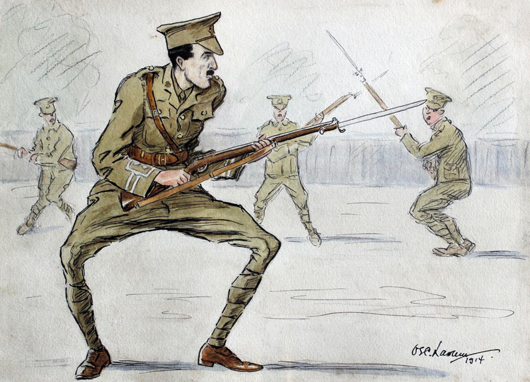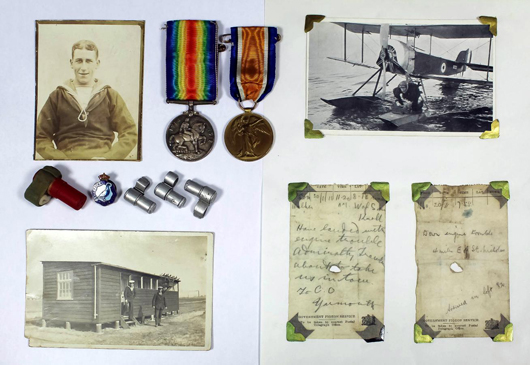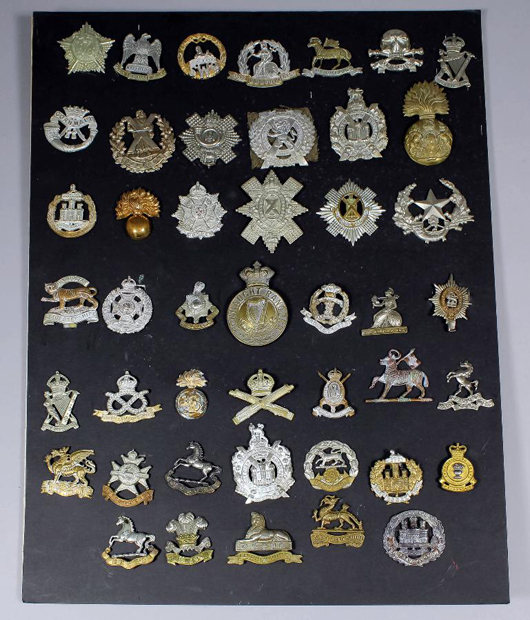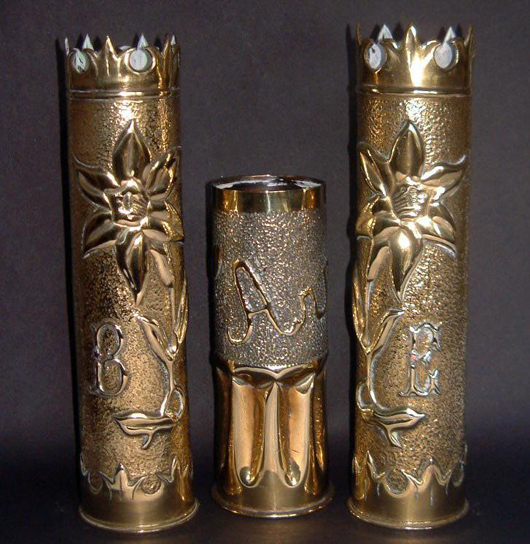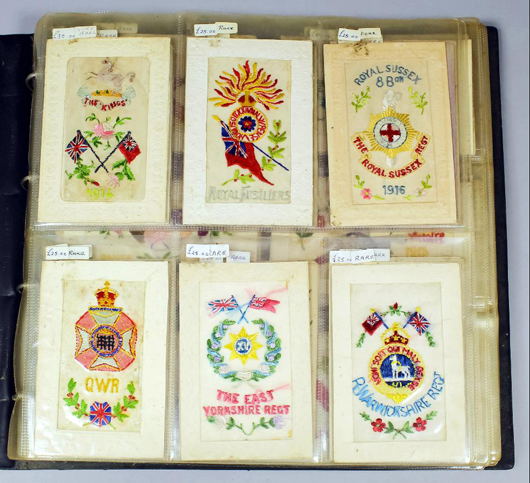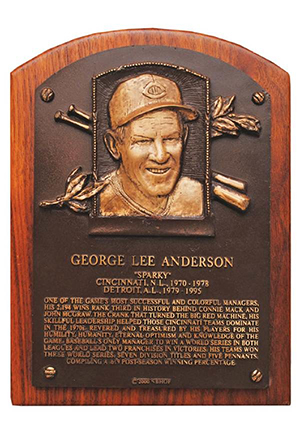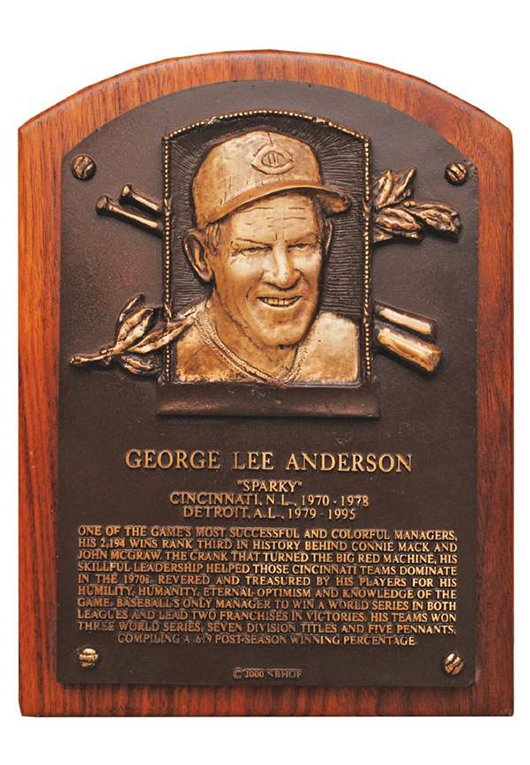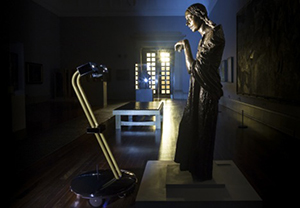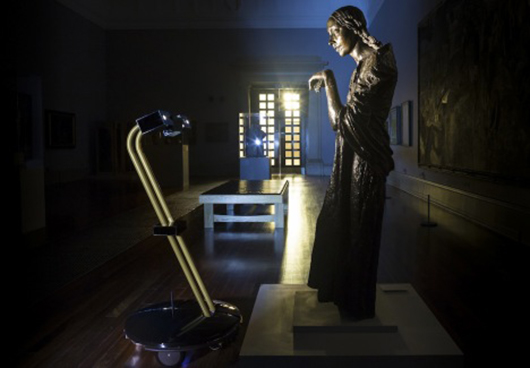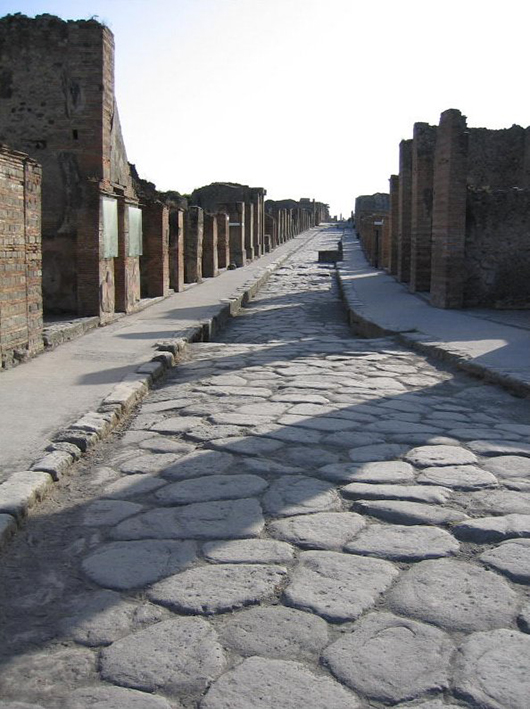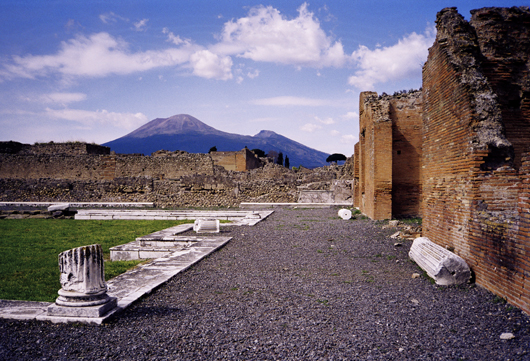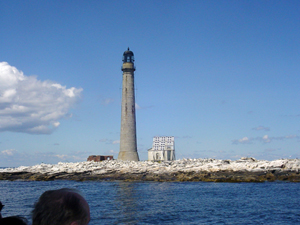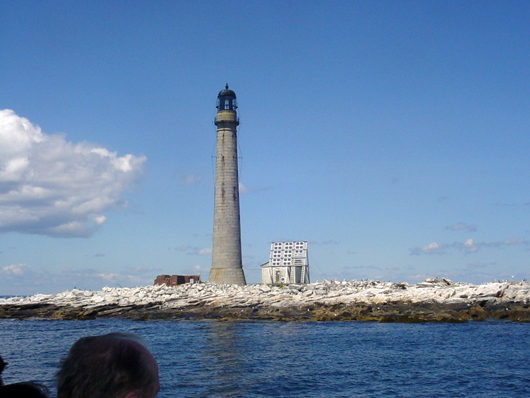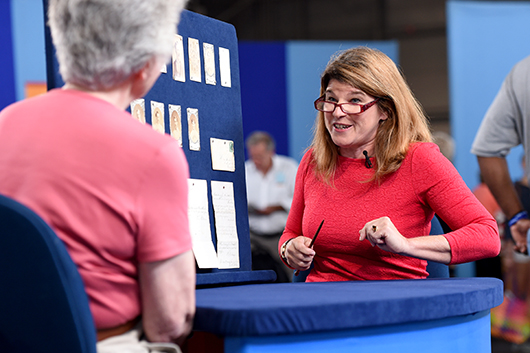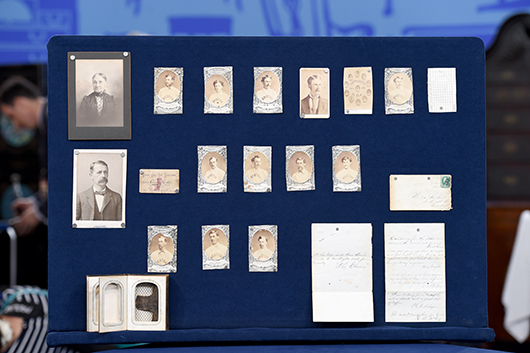
LONDON – Marking the centenary of the outbreak of World War I proved to be more emotional for us than expected. The phone call came out of the blue, from a cousin we hadn’t spoken to for too long. He wanted us to have Uncle Edwin’s medals, photographs and letters.
A boy soldier with the British Expeditionary Force, Edwin died from dysentery in Egypt in 1916 aged 17. He is buried in the Amara War Cemetery in Iraq.
“Why us?” we asked. “You’ll perhaps be able to do something with them, write about them, appreciate them,” came the reply. It was a poignant moment to take custody of this important family archive, but truth be told, there were few families not touched by the sadness of the “war to end all wars.”
Not surprisingly, auctioneers the length of the country marked the centenary by holding sales of militaria, with the result that some remarkable, fascinating and hugely poignant objects emerged to remind us of the sacrifice made for us by so many.
Opportunism? I don’t think so. Without the centenary and associated events, the social and historic significances of World War I and World War II could be forgotten. A healthy trade in wartime memorabilia serves to maintain remembrance across generations.
What follows are some of the auction lots that caught our imagination, none more so than the recruitment posters that cajoled – nay bullied – our boys into the forces, “Daddy, What Did YOU Do In The Great War?” being probably the most famous of them all. It was among 200 different designs, commissioned by Asquith’s Parliamentary Recruiting Committee, all of which are highly sought after today for their gritty and compelling graphics. “There’s Room For You, Enlist Today,” pictured here with smiling soldiers on a train bound for the front, sold for £400.
Another potentially fascinating area of collecting would be to search out examples of the cap badges issued following Secretary of State for War Lord Kitchener’s infamous 1914 campaign to enroll an additional 100,000 men to fight the Great War. At the time, it was decided the expansion should be created as a “New Army” outside the existing forces. It grew eventually to more than 500 battalions organized into 30 divisions.
The new battalions were added to existing regiments of the Infantry of the Line and numbered on from their existing battalions, the full title containing the word “Service” in brackets. For the most part badges were identical to those worn by the regular battalions. However, some units did adopt special patterns, which appear only rarely today and would be a rewarding find to the enthusiast.
Another amazing survivor in the same auction was rare group of objects from the Great War that recalled the mercy flights by birds of the Government Pigeon Service. Countless downed Royal Flying Corps airmen were rescued thanks to the birds’ homing instincts.
It comprised a small collection of original messages carried by the pigeons together with four specialized message capsules intended to be fastened to the bird’s legs; an unused message pad book and a group of related photographs and ephemera belonging to K30556 Francis Luke Brown, of the Royal Navy.
Among the messages was one sent in 1918 to “CO Yarmouth” that read: “Have landed with engine trouble. Admiralty trawler about to take us in tow.” Another: “Down engine trouble 4 miles E of St. Nicholas.” Others were in code.
The collection had been sent for sale by Brown’s granddaughter who recalled how he raced the birds as a hobby. One bird from his loft was called “Lucky Pilot” because it had carried messages from a total of seven downed pilots, all of whom had been rescued. The collection included a photograph of Brown in naval uniform, together with his War and Victory Medals. It sold for an above estimate £2,300
Some of the most endearing World War I souvenirs are the cheap and cheerful silk postcards sent home by our boys to mothers, wives and sweethearts at home praying for the safe return of their loved ones.
It has been estimated that 10 million of the cards were produced between 1914 and 1918. Many survive and they remain readily affordable, although whereas five years ago they could be had for £1 apiece, today they are at least £10 and some rare examples more than double that. But even at that price, they make a charming collection.
The postcards have several common features. Generally, they were hand-embroidered, usually in silk, the resulting image sandwiched between two cream-colored cards.
The face of the card had a cutout window framing the image, which was usually embossed with decorative designs often in the Art Nouveau manner. The reverse was either blank or printed with spaces for address and message as you would expect on the back of any postcard.
Although they were meant to be posted home, it is interesting to note that few are found with stamps or postmarks. The explanation is simple: Letters were collected from troops periodically and sent by the sack full as military mail, which was post free. Alternatively, the cards were purchased by soldiers and stuffed into the bottom of kitbags where they remained until they returned home.
Messages scribbled on the backs of the cards are often poignant and sentimental. Perhaps because they were expensive in relative terms, soldiers tended not to use them for general chitchat about day-to-day life or news. Instead, and possibly because they were used to mark special occasions, handwritten inscriptions speak of undying love or best wishes for a birthday or other anniversary. How many were sent by lads who never came home is as moving a thought as the answer is unfathomable.
So-called trench art, being mostly crafted from scrap brass, was way too heavy to post. The romantic notion is that it was made by bored soldiers up to their knees in mud in the trenches but the availability of tools and equipment being available to cut, hammer and solder the brass detritus of war while waiting to go “over the top” is unlikely.
Most likely is that it was made in workshops behind the front lines by trained engineers, using machinery capable of producing such remarkable results but probably at times when they would otherwise be idle.
Vases, umbrella holders, cigarette lighters, ashtrays, money boxes, paper knives and other novelties were all fashioned with skill and ingenuity from shell and bullet cases hammered, chased, cut and engraved and then polished to a gleaming shine.
Interestingly, shell cases are almost always stamped with dates and bear War Department official markings that to my knowledge have never been faked.
This is not surprising. Trench art has been somewhat overlooked by collectors and perhaps the current lack of interest in collecting brass – presumably people don’t want the hassle of polishing the stuff – means prices remain affordable.
Young collectors should be encouraged, at least they might then remember.

ADDITIONAL IMAGES OF NOTE
